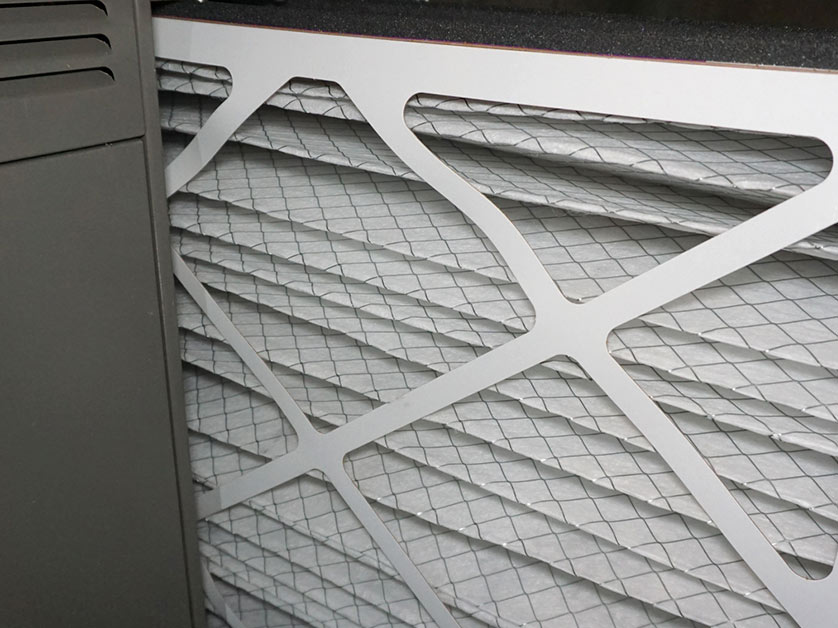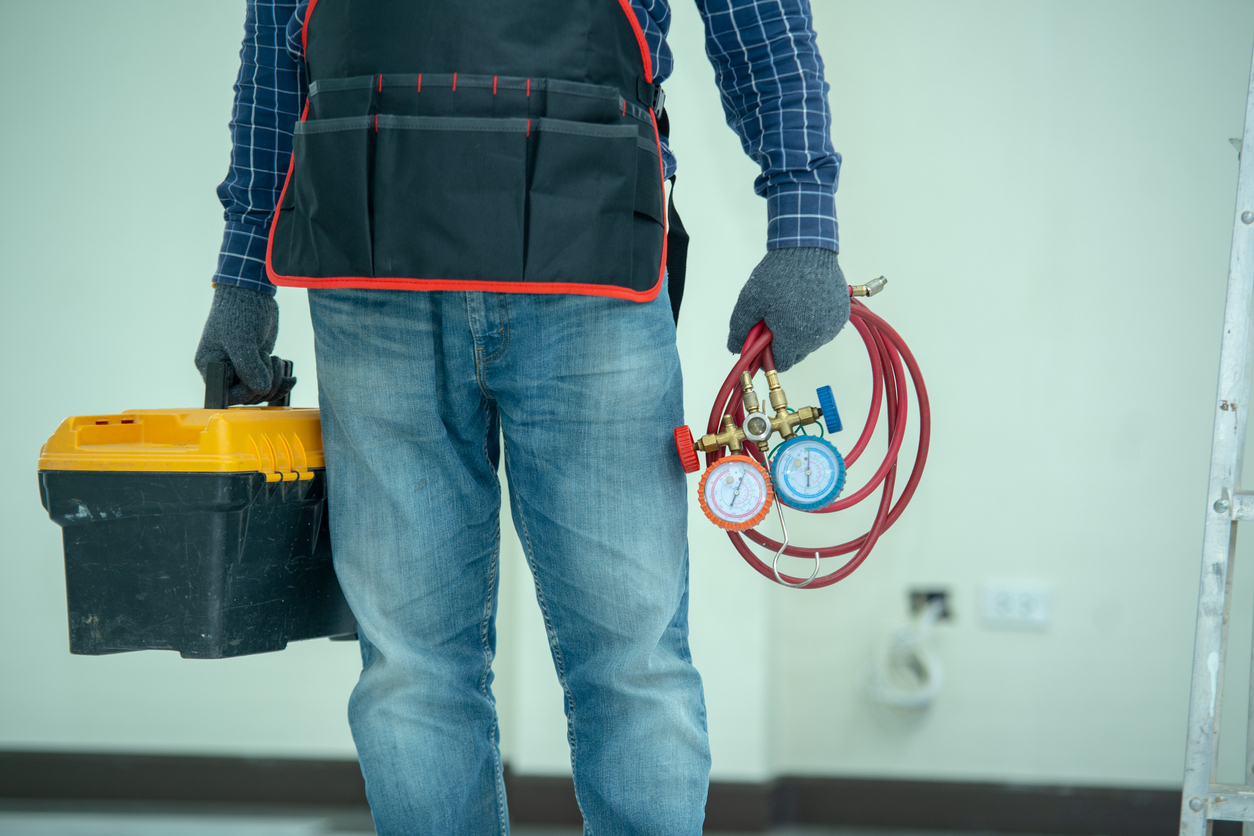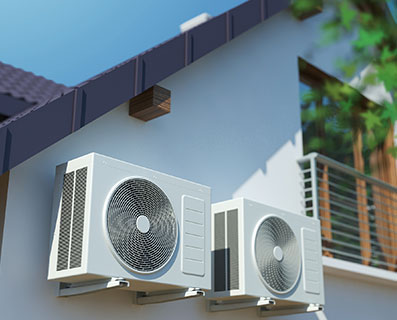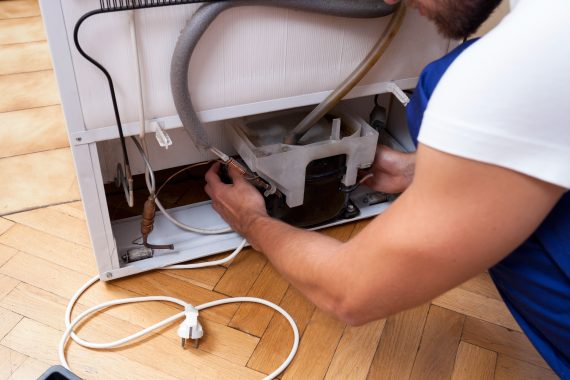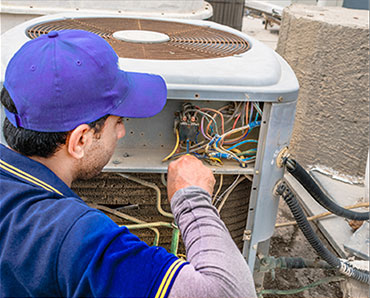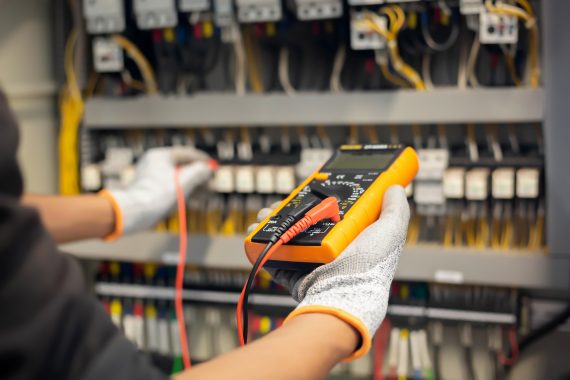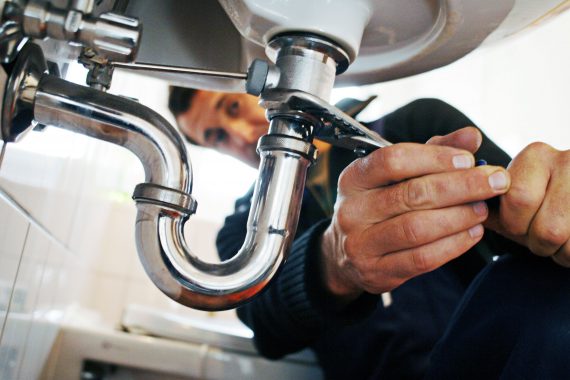People who use both indoor and outdoor water heaters are well acquainted with winterizing a tankless water heater. Though outdoor units are usually more exposed to elements of the weather, their indoor counterparts could also be affected. This makes it vital to install the unit at a proper location with the right kind of venting.
How to Winterize Tankless Water Heaters
First, the heater should be turned off and the power cord unplugged. The gas and water supply lines should then be shut and the tank drained. When the water pressure reduces, the inlet and outlet water pipes should be disconnected.
A bucket needs to be placed underneath to collect any remaining water. Afterwards, any water that remains be removed by blowing with an air compressor. If possible, the vent termination should be covered both on the intake and exhaust to prevent entry of debris.
Freeze Protection
Most modern tankless water heaters come equipped with a freeze prevention mechanism. However, this can only work during winter. It wouldn’t be suitable for places where freezing temperatures remain for long periods.
This system only protects the heater, not the exterior plumbing. The freeze prevention heater requires constant connection into an electrical outlet. The system is usually automated to turn itself on and off whenever necessary.
Considerations
Whether it’s a dual-vent or concentric system, one needs to keep the vent pipes facing away from the wind direction. The condensation drain tubing also needs protection from exposure to extreme cold. It would be advisable to install it in a wall for this reason.
Negative draft is a phenomenon that happens when the furnace draws in air from the vent pipe, causing entry of cold air into the system. This then freezes the water in the heat exchanger. As such, all gas-powered heaters should be supplied with sufficient air to prevent this. There’s also a device known as a backdraft reducer which shuts the internal flapper to prevent this.
If the temperatures drop further, the unit can be protected by opening the hot water tap to keep a small stream running. Before this, the power should be turned off and the gas supply valve shut. This goes to protect the piping in addition to the heater.
In case of a power outage, the water heater needs to be drained in order to prevent damage. Antifreeze fluids need to be avoided as they could damage internal components. Failing to observe such precautions could not only leave the heater at risk, but also void the warranty.Follow us for more articles that will keep your plumbing, heating and cooling systems running efficiently.



